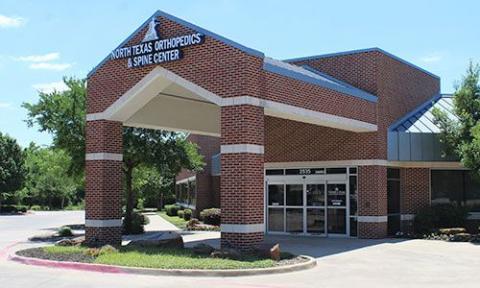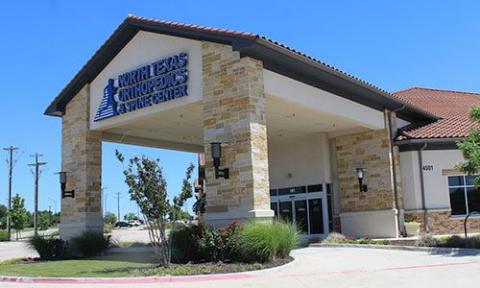Wrist arthroscopy is a cutting-edge, minimally invasive surgical procedure used to diagnose and treat a variety of wrist conditions. By using a small camera and specialized instruments, surgeons can address wrist issues with less pain, faster recovery times, and minimal scarring compared to traditional open surgery. In this blog post, we’ll explore the benefits, indications, procedure, and recovery process for wrist arthroscopy.

Wrist arthroscopy is a procedure where a small camera (arthroscope) is inserted into the wrist joint through tiny incisions. This allows surgeons to visualize the joint’s interior in detail and perform precise repairs using specialized tools. Commonly referred to as “keyhole surgery,” this technique is highly effective for addressing various wrist issues.
Wrist arthroscopy is often recommended for conditions such as:
The procedure typically involves the following steps:
The entire procedure typically takes 30 minutes to an hour, depending on the complexity of the condition.
Recovery times vary depending on the condition treated, but generally include:
While wrist arthroscopy is considered safe, potential risks include:
Wrist arthroscopy is a highly effective and minimally invasive procedure for diagnosing and treating a range of wrist conditions. Whether you’re dealing with chronic pain, a ligament injury, or arthritis, this advanced technique can provide relief and restore function. If you’re considering wrist arthroscopy, consult an experienced orthopedic specialist to determine if it’s the right option for you.
For more information on wrist health and surgical options, explore our blog or schedule a consultation with one of our specialists today.
See why our patients love our physicians, quality of care, and amazing results.
*Based on Independent Market Research

